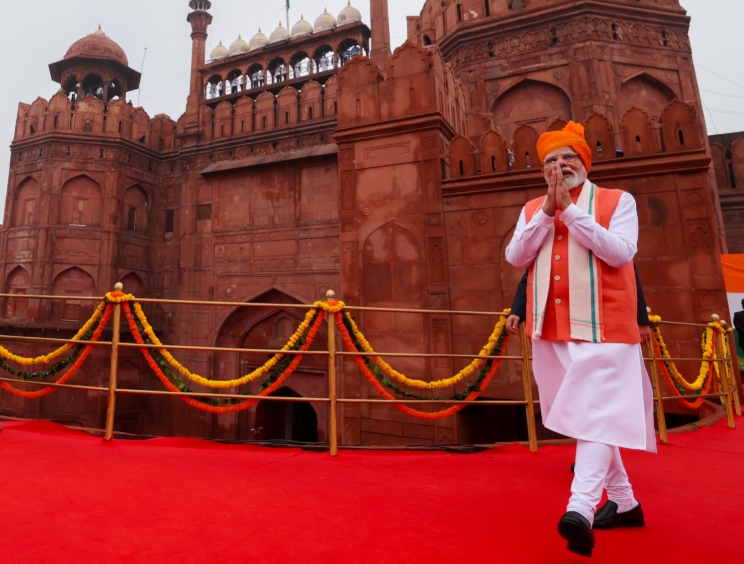
In a significant development ahead of India’s 78th Independence Day, the central government is preparing a major Goods and Services Tax (GST) reform aimed at reducing the tax burden on common goods and supporting small businesses. According to sources, the Finance Ministry has proposed a sweeping overhaul of the current GST structure, with rate reductions on most items in the 12% and 28% tax slabs.
Key Proposals Under the GST Reform
12% GST slab reduction:
The Finance Ministry has proposed reducing the GST on 99% of goods currently taxed at 12% to just 5%. These items largely include everyday essentials and commonly used consumer products, which will directly benefit the public by lowering prices.28% GST slab reduction:
Around 90% of items currently taxed at the highest GST rate of 28% could be shifted to the 18% slab. This would make several durable and semi-luxury items significantly cheaper.New 40% GST slab:
A special 40% GST category has been proposed for only 5–7 products, mainly related to tobacco, such as pan masala, gutkha, and cigarettes. This higher rate aims to discourage consumption of harmful products while maintaining revenue from “sin goods.”Simplified GST structure:
The current four-slab GST system (5%, 12%, 18%, 28%) would be replaced with just two standard slabs — 5% and 18% — along with the special 40% rate for a limited set of items.
Process and Next Steps
The Finance Ministry has sent this proposal to the Group of Ministers (GoM) of the GST Council, which has been holding consultations with state governments for several months. The discussions will now focus on fine-tuning the final list of goods in each category, ensuring revenue neutrality, and balancing state and central government fiscal interests.
Implementation will only take place after the GST Council’s approval, with the government aiming to finalize the reforms before Diwali this year.
Prime Minister Modi’s Independence Day Announcement
During his Independence Day address from the Red Fort, Prime Minister Narendra Modi promised the nation that these GST reforms would be a “Diwali gift” to the people:
“This Diwali, I will bring you a double Diwali. We have been reforming GST for the last 8 years, reducing the tax burden and simplifying the system. The time has come to review it again. We consulted states and set up a high-powered committee. We are bringing next-generation GST reforms. Everyday necessities will become much cheaper, small businesses and MSMEs will get a huge benefit, and the economy will receive a fresh boost.”
Modi emphasized that the reforms aim to ease the cost of living for ordinary citizens while boosting domestic economic activity.
Impact on the Economy
For consumers: Significant price drops in daily-use items and durable goods.
For businesses: Lower compliance burden and reduced working capital blockage due to simpler GST slabs.
For the economy: Increased consumption demand, support for MSMEs, and an overall stimulus effect.
If approved, these GST reforms would mark the biggest tax restructuring since GST’s launch in 2017, potentially reshaping India’s indirect tax landscape for the next decade.




